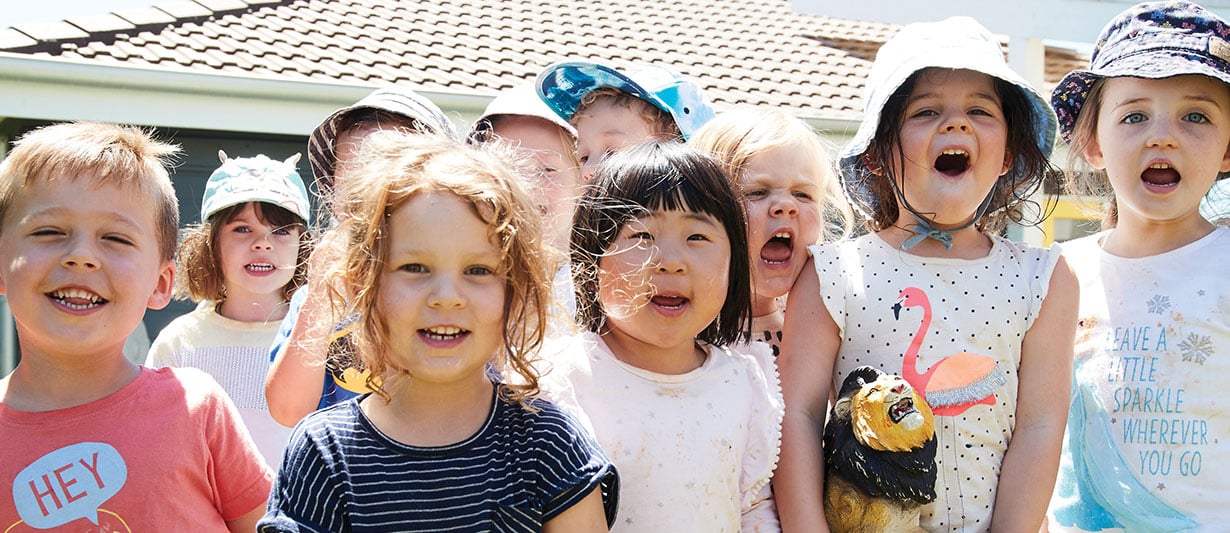Supporting children to understand their big feelings

While children are soaking up the sounds and words of a language, they don’t have a vocabulary like adults to express their big thoughts and feelings. A simple activity called the ‘Feelings Jar’ can help children share their feelings. Try this at home together.
Find an empty jar and materials.
You’ll need an empty jar and some materials to represent emotions. Things like LEGO bricks, beads, buttons, shells from the beach, or any suitable (and age-appropriate) arts or crafts materials. Also, it’s important that you are in a calm and open frame of mind, so do this activity when you have plenty of time and don’t feel rushed.
Fill the jar with feelings.
Start by giving each type of object a big feeling. For example, if you’re using beads, one colour could be happy, another sad, and so on. You need four colours or objects to represent anger, sadness, happiness, and fear. Then invite your child to fill the jar with feelings – encourage them to explain what each object means and why. If they’re struggling, you can do the activity with your own jar, and say things like, “I’m putting in red beads. I feel _____ because today _____ happened to me”.
Talk about your jar full of feelings.
Start to unpack your child’s feelings by asking them about their jar. What’s in it? How much of each feeling, and why? What happened to make them feel that way? You could then explain what it all means to support their understanding. The jar is like minds and heads, and we have a lot of feelings at the same time. Like the jar, sometimes things get mixed up and it’s hard to think clearly. But that’s OK.
Listen. Acknowledge. Reassure.
Throughout the activity, allow your child to guide the conversation using their own words. The aim is to draw out emotions, not avoid them, even the negative ones. Talk about the physical feelings that accompany emotions to help them identify big feelings. For example, they might talk about a sore tummy, which can help identify fear or anxiety. Then, support them to understand how they can manage big feelings. You can take three deep breaths together and show your child how that can help clear their mind and help them think. Make sure you start and finish by reassuring them that you love them.
Keep the jar handy.
Keep the jar in a visible place and use it often. Use it not only when your child seems to be experiencing big feelings, but also to regularly check in and encourage them to share their emotions in a safe, supportive environment. You can even use the jar to support conversations without doing the whole activity. For example, you could ask, “What would you put in the jar right now to show me how you feel?”
Remember, feelings are part of life. Understanding and expressing them is part of healthy child development.
Looking for the right Childcare Centre for your Family?
Submit your details and a member of our Concierge Team will be in touch to discuss what you need and how we can help you experience something more than childcare.
We'll be in touch soon.




